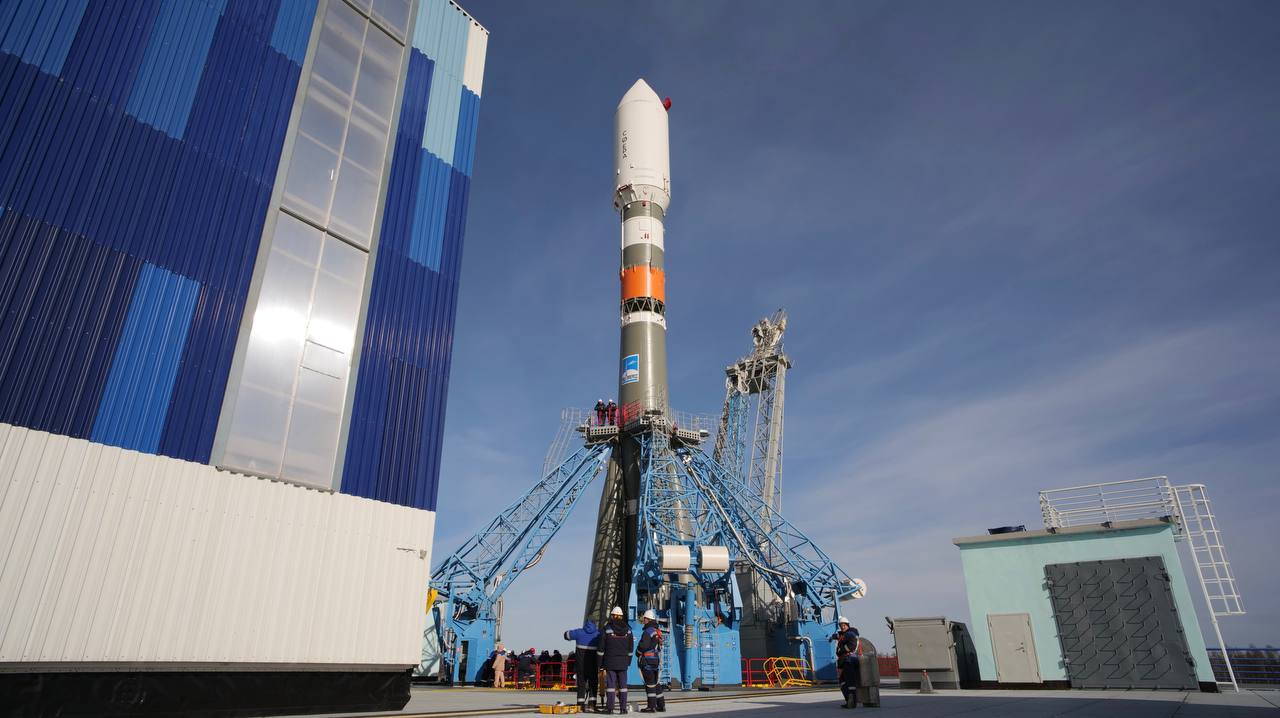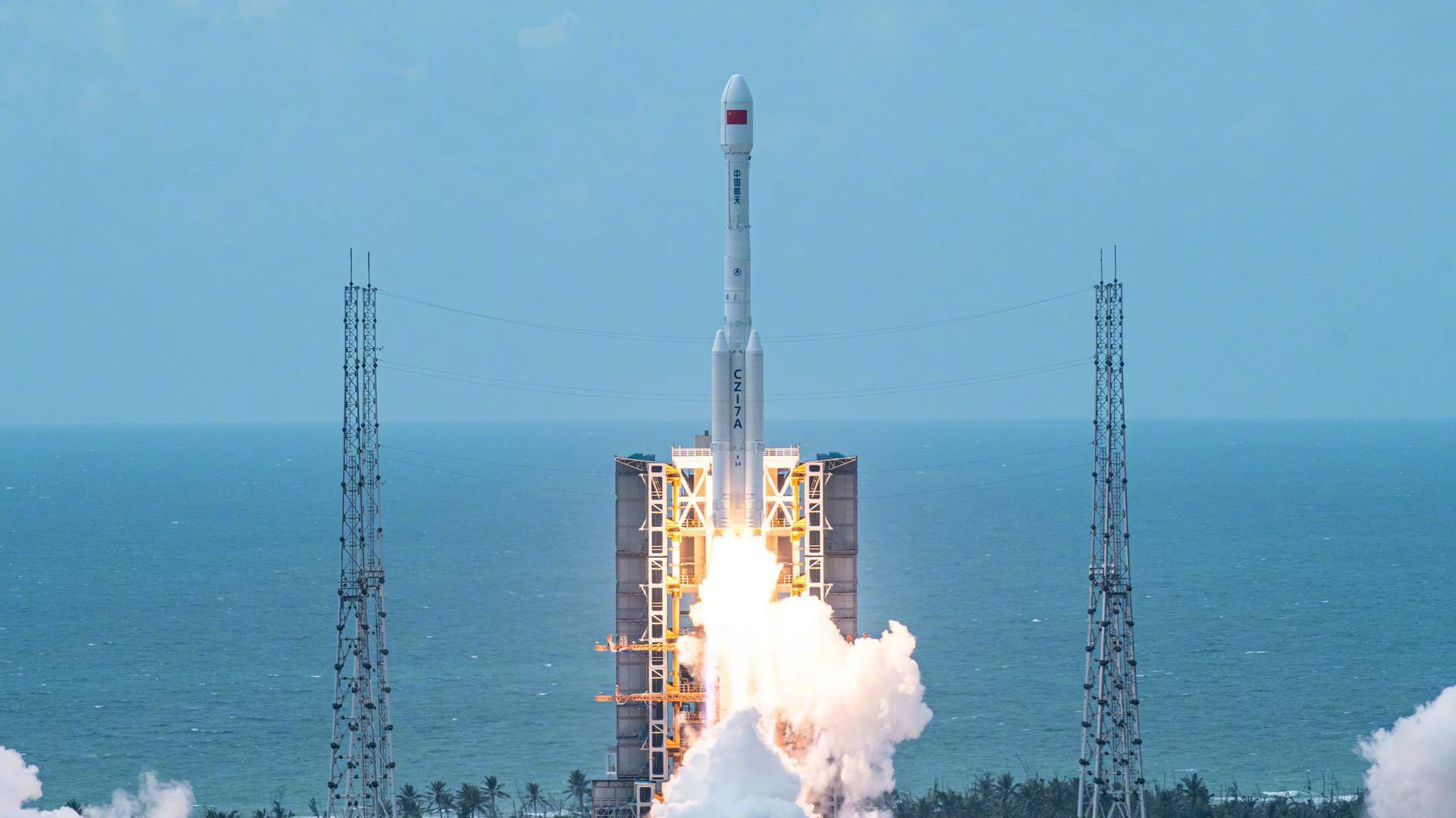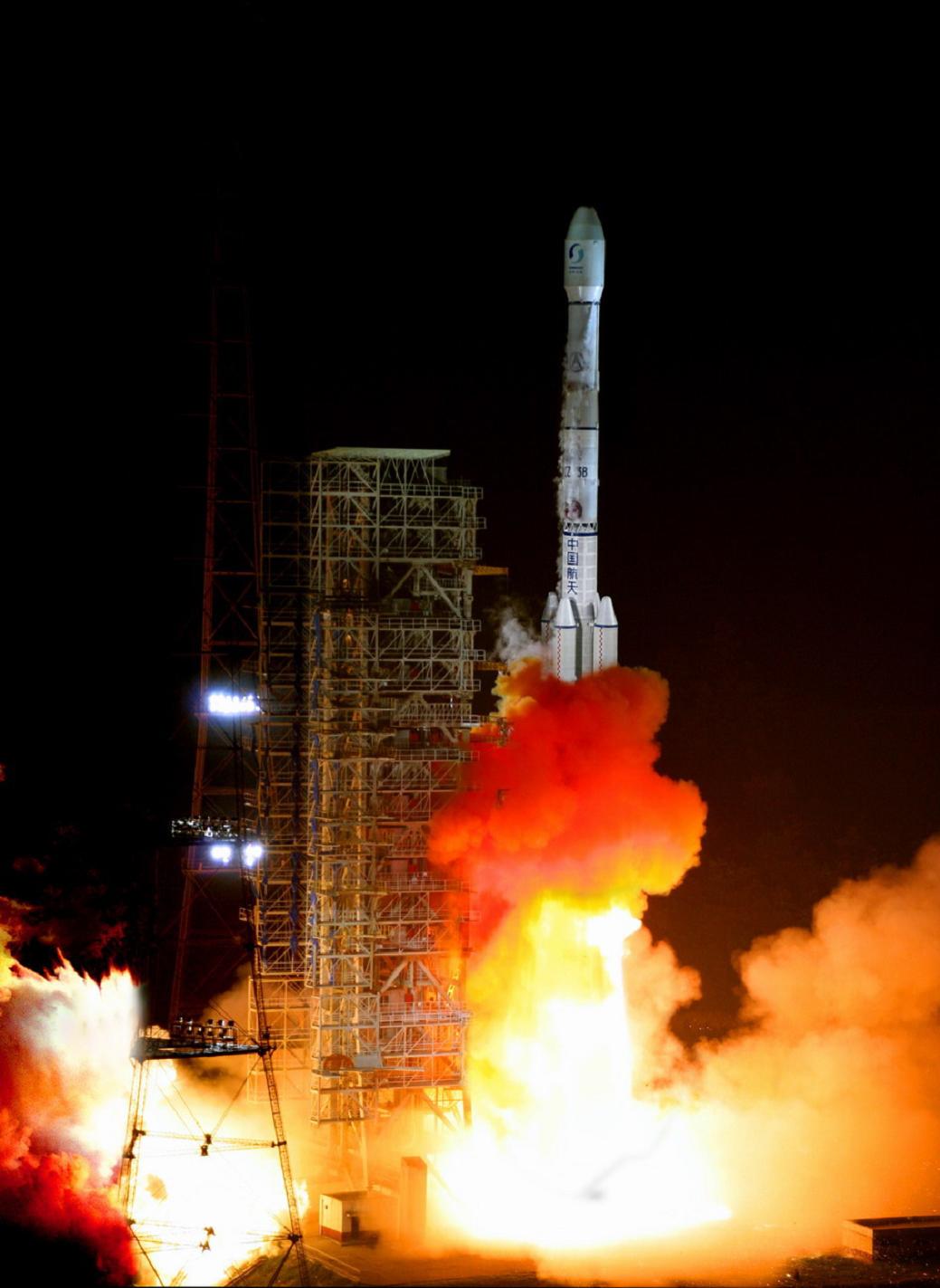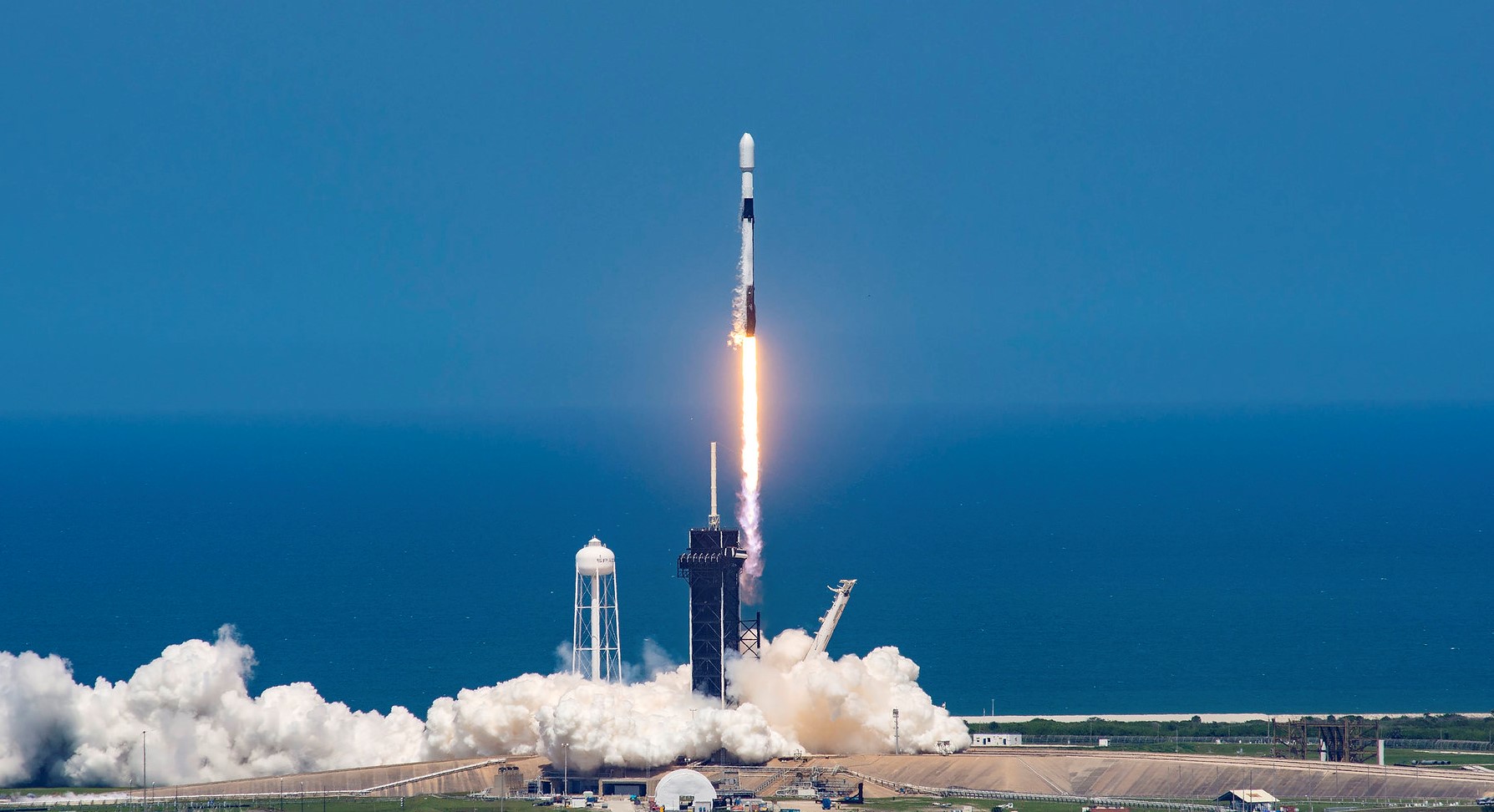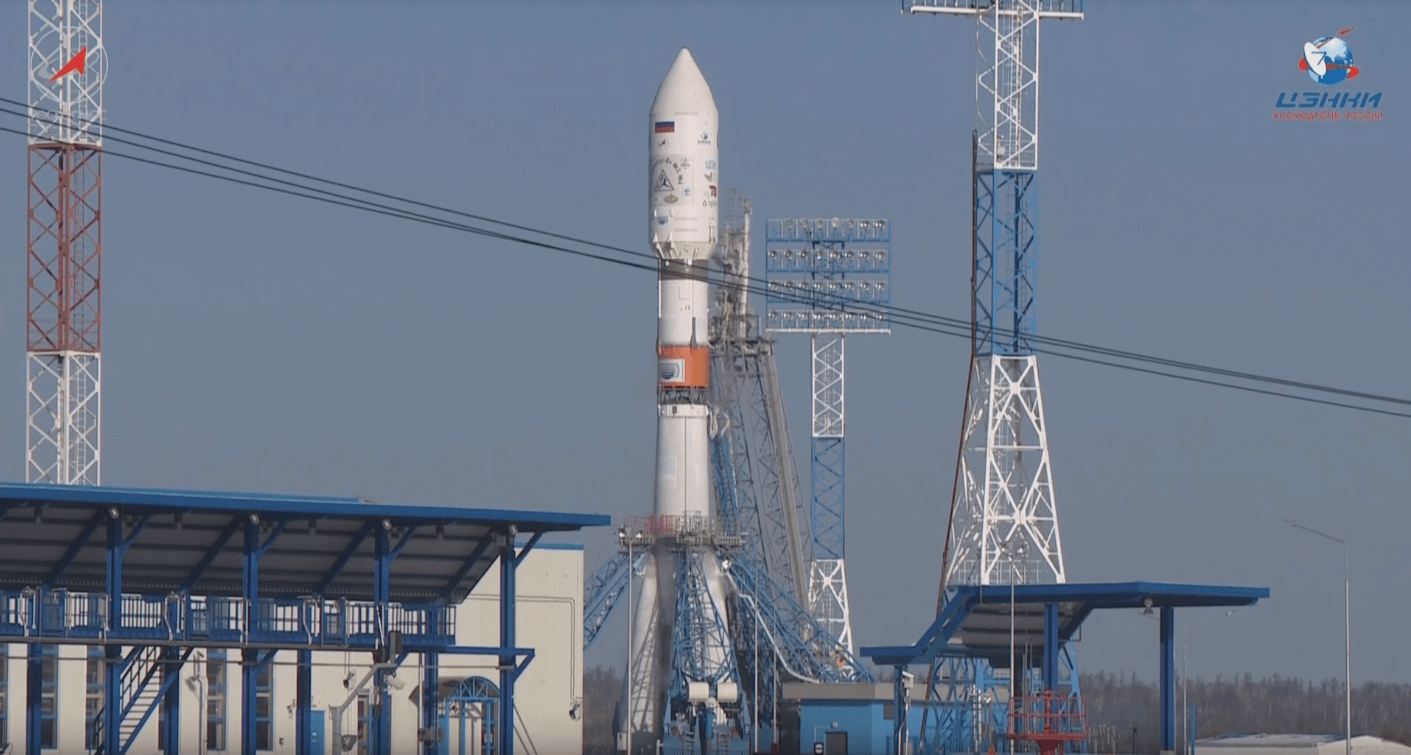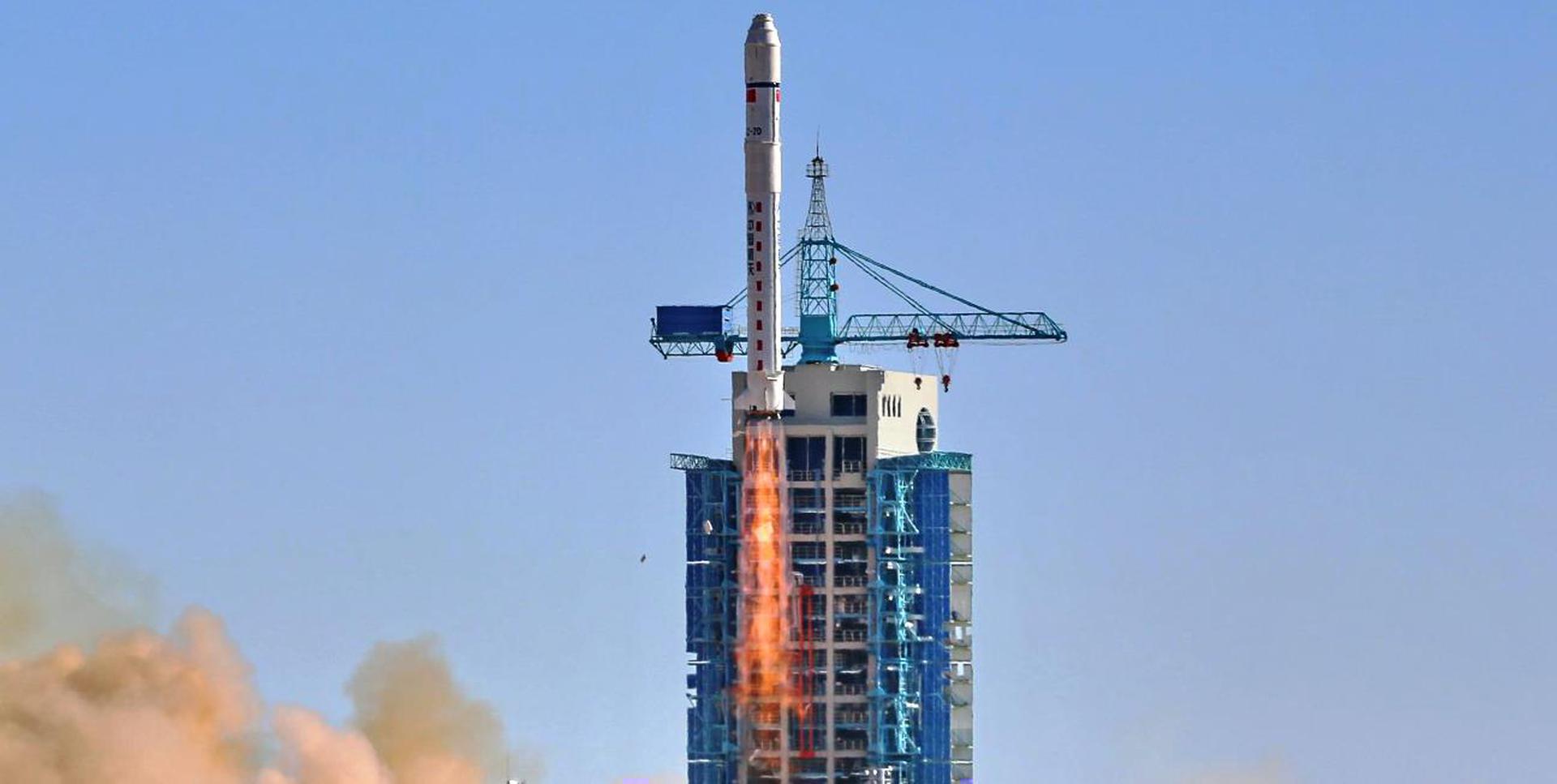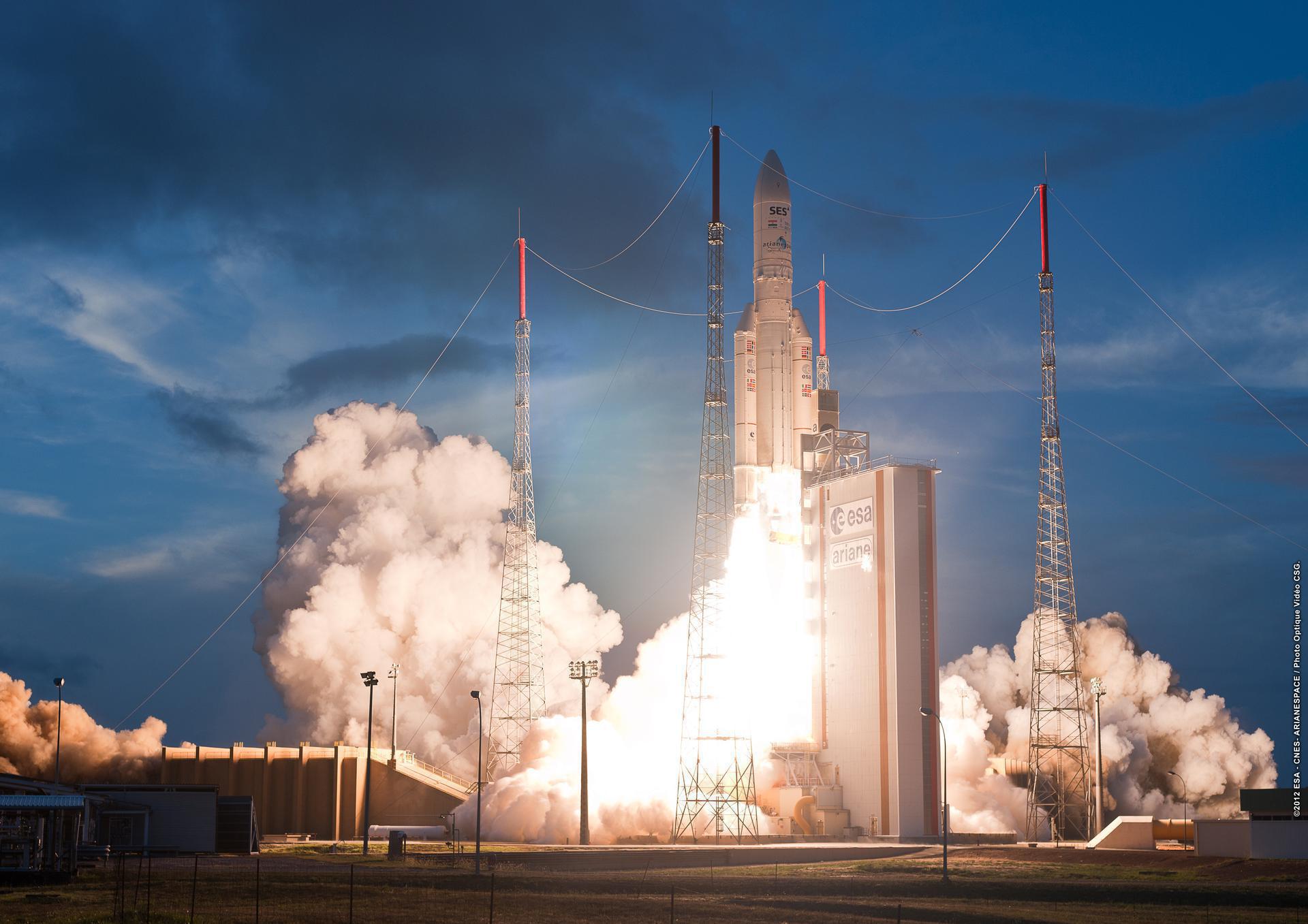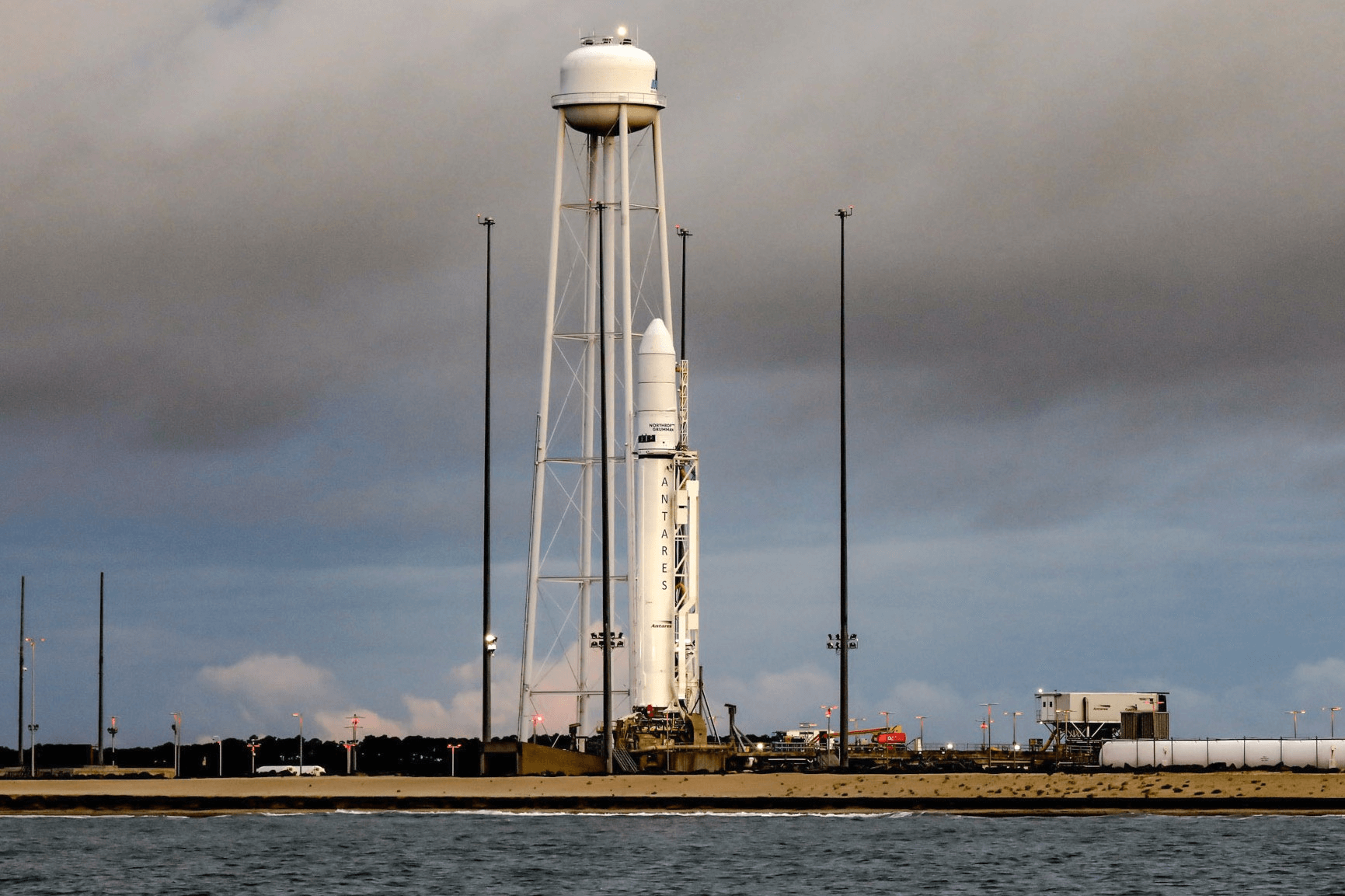Previous Spaceflight Launches
Filter by Agency, Locations or Vehicles
Show All LaunchesFalcon 9 Block 5 | Starlink 5
SpaceX | United States of AmericaKennedy Space Center, FL, USA
March 18, 2020, 12:16 p.m.
Soyuz 2.1b/Fregat-M | Glonass-M No. 60 (Kosmos 2545)
Progress Rocket Space Center | RussiaPlesetsk Cosmodrome, Russian Federation
March 16, 2020, 6:28 p.m.
Status: Launch Successful
Mission:
Glonass-M, also known as Uragan-M, are the second generation of Uragan satellite design used for GLONASS satellite navigation system. GLONASS is a Russian space-based navigation system comparable to the similar GPS and Galileo systems. This generation improves on accuracy, power consumption and design life. Each satellite weighs 1415 kg, is equipped with 12 L-band antennas, and has an operational lifetime of 7 years.
Medium Earth OrbitLong March 7A | TJS-6 (Maiden Flight)
China Aerospace Science and Technology Corporation | ChinaWenchang Space Launch Site, People's Republic of China
March 16, 2020, 1:34 p.m.
Status: Launch Failure
Mission:
This is the first flight of the Long March 7A which is a new configuration of the Long March 7 launch vehicle. The difference is that 7A variant includes an additional third stage, allowing the rocket to perform GTO launches. This is also the first mission out of Wenchang cosmodrome in 2020.
Geosynchronous Transfer OrbitLong March 3B | Beidou-3 G2
China Aerospace Science and Technology Corporation | ChinaXichang Satellite Launch Center, People's Republic of China
March 9, 2020, 11:55 a.m.
Status: Launch Successful
Mission:
This satellite is a part of the geostationary component of the 3rd phase of the Chinese Beidou (Compass) satellite navigation system. It features a phased array antenna for navigation signals and a laser retroreflector and additionally deployable S/L-band and C-band antennas.
Geostationary Transfer OrbitFalcon 9 Block 5 | SpX CRS-20
SpaceX | United States of AmericaCape Canaveral SFS, FL, USA
March 7, 2020, 4:50 a.m.
Status: Launch Successful
Mission:
SpaceX launched the Dragon spacecraft on their 20th operational cargo delivery mission to the International Space Station. The flight was conducted under the Commercial Resupply Services contract with NASA.
Low Earth Orbit B1059 - Flight Proven ( ) Landing Zone 1Soyuz 2.1a/Fregat-M | Meridian-M No.19L
Progress Rocket Space Center | RussiaPlesetsk Cosmodrome, Russian Federation
Feb. 20, 2020, 8:24 a.m.
Long March 2D | XJS-C, XJS-D, XJS-E, XJS-F
China Aerospace Science and Technology Corporation | ChinaXichang Satellite Launch Center, People's Republic of China
Feb. 19, 2020, 9:07 p.m.
Ariane 5 ECA+ | JCSAT-17 & GEO-KOMPSAT-2B
ArianeGroup | FranceGuiana Space Centre, French Guiana
Feb. 18, 2020, 10:18 p.m.
Status: Launch Successful
Mission:
JCSAT-17 is a Japanese communication satellite of SKY Perfect JSAT Corporation. Its payloads incorporate S-band, C-band and Ku-band transponders, which will provide satellite communication services. The S-band and C-band transponders will serve NTT DOCOMO, Inc., the largest telecommunications company in Japan, for its flexible mobile communications services in Japan and the surrounding region under IRU contract (Indefeasible Right of Use). SKY Perfect JSAT will support NTT DOCOMO’s satellite communication services. JCSAT-17 also includes a flexible processor that will allow SJC to redirect capacity to concentrate on disaster relief efforts or other high-volume events. The GEO-KOMPSAT-2 program is a national program of the Korean government to develop and operate two civilian geostationary satellites sharing the same satellite bus: GEO-KOMPSAT-2A for meteorological and space weather monitoring missions; and GEO-KOMPSAT-2B for Earth environment monitoring and ocean monitoring missions. The GEO-KOMPSAT 2 program also ensures the succession for the COMS program (Communication, Ocean and Meteorological Satellite). The satellite carries two main payloads: GOCI II (Geostationary Ocean Color Imager II), provided by Airbus Defence and Space; and the GEMS (Geostationary Environment Monitoring Spectrometer), provided by Ball Aerospace & Technologies.
Geostationary Transfer OrbitFalcon 9 Block 5 | Starlink 4
SpaceX | United States of AmericaCape Canaveral SFS, FL, USA
Feb. 17, 2020, 3:05 p.m.
Antares 230+ | Cygnus CRS-2 NG-13 (S.S. Robert H. Lawrence.)
Northrop Grumman Space Systems | United States of AmericaWallops Flight Facility, Virginia, USA
Feb. 15, 2020, 8:21 p.m.
Status: Launch Successful
Mission:
This is the 14th planned flight of the Orbital ATK's uncrewed resupply spacecraft Cygnus and its 13th flight to the International Space Station under the Commercial Resupply Services contract with NASA. Spacecraft carries the name of Robert Henry Lawrence Jr., honouring USA's first black astronaut.
Low Earth Orbit
